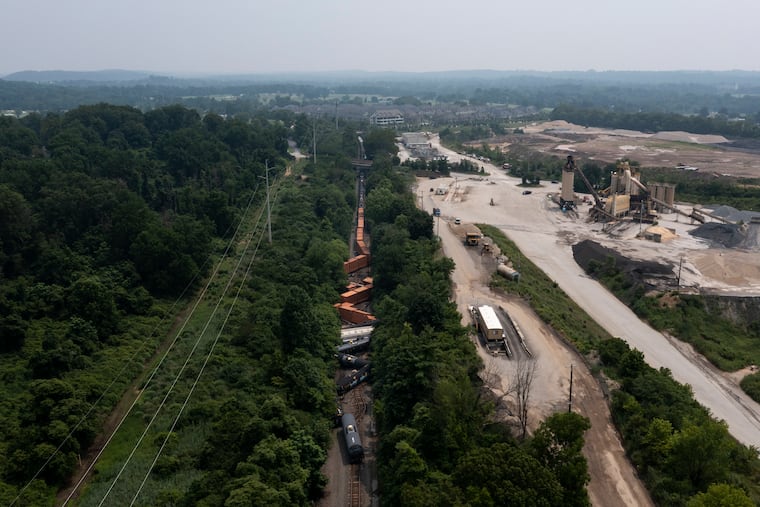After Whitemarsh train crash, it’s imperative officials look at the bigger picture, says Drexel environmental expert
Given the number of recent train derailments, said Mathy Stanislaus, communities should treat train crashes like Whitemarsh’s as “a series of wakeup calls, not as isolated incidents.”
